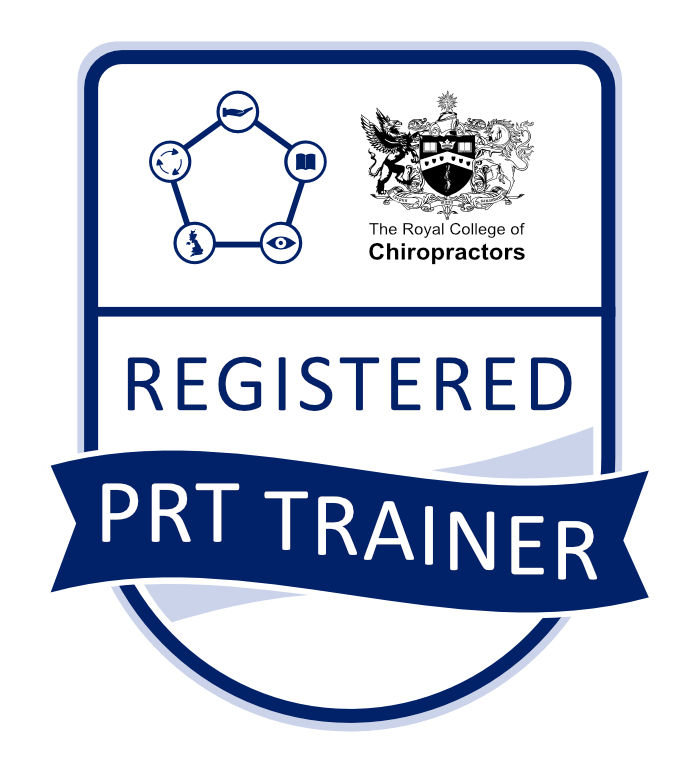The neck is made up of the top 7 vertebrae of the spine. There are two specialised vertebrae at the top of the neck. The top vertebra is called the atlas. It is shaped like a ring and supports the weight of the head. It does most of the rotation of the neck. The second vertebra is the atlas. It has a bony peg for the top vertebra to rotate on (held with ligaments) and does most of the nodding motion of the head. The other 5 vertebrae, together with the intervertebral discs and muscles carry out the rest of the movement of the neck.
Neck pain is extremely common in the general population. For a lot of people sedentary lives, working at a desk can contribute to postural problems which lead on to neck pain. For others, manual labour, carrying and lifting can take their toll of the delicate structures of the neck.
The joints, ligaments, tendons and muscles in the area are all capable of becoming inflamed, damaged or irritated and causing pain. It is our job as chiropractors to do a thorough examination and work out which part of the neck is causing the pain and why before we can start any treatment.
It is quite common for neck problems to produce pain in other parts of the body. Neck pain can head to headaches, known as cervicogenic headaches, pain in the face or the jaw. Problems with the neck can also lead to pain or tingling and numbness travelling down into the hands. It is very important to have a thorough examination as pain in the head and neck can be a sign of a more serious problem. We are trained to determine if we are able to treat the problem or not and can send you to an appropriate clinician for treatment if we can’t help.
Once we get to the root of what’s causing the pain we can look towards treatment. We individually tailor a treatment plan according to your needs, age, physical a general health. Typically, treatment may include a range of therapeutic interventions including, but not limited to manipulation, mobilisation, massage and rehabilitative exercises.
A common cause of neck pain that we see a lot in the clinic is an irritation in the facet joints. These are the small joints of the spine. There are two on either side of each vertebrae and they help the spine to flex and bend. They can become irritated in a wide variety of ways. Sudden movements of the head or neck; sleeping in an unusual position overnight, or simply from long term poor posture can lead to irritation in the joints, or the surrounding ligaments and muscles.
There are some lifestyle changes you can make to decrease the likelihood of developing neck pain. Avoid sitting for periods of longer than 30 to 45 minutes at a time without moving or changing position. Try and stretch your neck in the morning and during your lunch break at work. Be cautious about spending too much time looking down at handheld devices. It’s best to try and bring them up to your face. Change your pillow every three years to ensure proper support overnight. Avoid sleeping on your front. Try instead to sleep on either your back or side.


